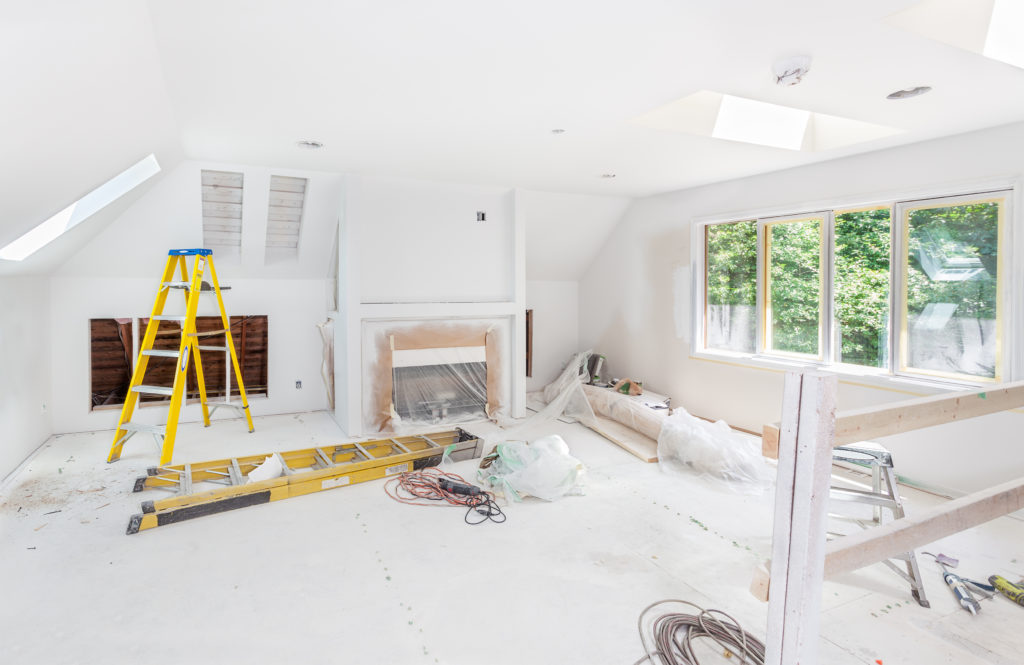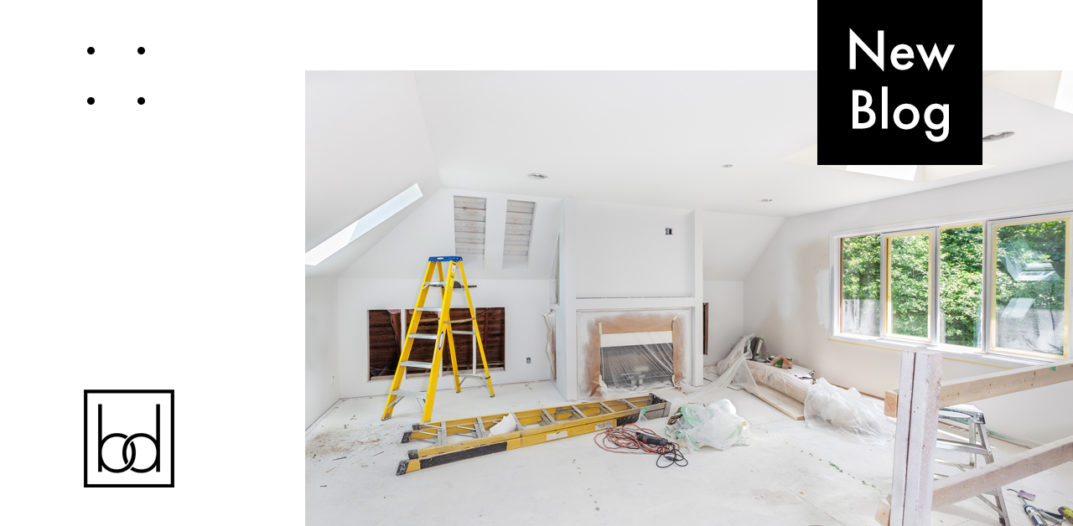
Maybe you’ve recently purchased a fixer-upper and you’re ready to turn it into your dream home. Or, perhaps you purchased your dream home years ago and over time it has turned into somewhat of a fixer-upper. Regardless of the reason for your repairs, you may find yourself needing a home renovation loan to complete the work. Renovation loans can come in the form of mortgages with built-in fixer-upper funding or personal loans.
How Do Home Renovation Loans Work?
How exactly your home renovation loan will work depends on the type of loan, and there are several options available. For some loan types, you may need to show proof that the money was spent on the house or paid to a contractor, while others do not have such a stipulation. Now let’s look at a few varieties of home renovation loans.
Fannie Mae HomeStyle®: The Fannie Mae HomeStyle® loan is one loan that serves two purposes – it is both your regular loan for purchasing a home, and also includes an additional financed amount to cover the cost of home repairs, in one overall loan amount. These loans can be used for repairs that an appraiser requires, or for optional changes the new owner chooses to make. Both structural and cosmetic repairs can be made with the loan amount.
Many buyers like this loan because it allows them to have only one loan with one monthly payment, and it usually comes with a lower interest rate that covers both the purchase price of the property and the cost of repairs. Buyers have options for how to structure their loan, such as choosing either a 15- or 30-year mortgage term, and deciding between a fixed or adjustable-rate. The final loan amount is based on the projected value of the home after the repairs are completed, not before. You will need to have a high credit score in order to qualify for a Fannie Mae HomeStyle® loan.
FHA 203(k): This is a government-backed loan that is similar to the Fannie Mae loan described above, but it’s available to buyers who have somewhat lower credit scores and who can afford only lower down payments. FHA mortgages typically have higher mortgage insurance premiums, so they are more expensive for borrowers. These mortgages also have an upfront fee that can be rolled into the overall principal of the loan.
There are also two varieties of the FHA 203(k) loan, and the one you should choose will depend on the amount of repairs needed. The FHA 203(k) Full Loan is intended for a primary residence that needs serious or significant repairs. Meanwhile the FHA 203(k) Streamline Loan is a smaller loan that is used for minor repairs totaling less than $35,000.
EZ “C”onventional: This loan is used for non-structural home repairs that add value to the property. You might choose an EZ C loan to finish a basement or redo an outdated kitchen.
Jumbo Renovation: A jumbo renovation loan is similar to the EZ C loan, but it’s used for higher-priced homes and therefore the loan amounts are normally higher. As with the EZ C loan, repairs must be non-structural and add value to the home.
USDA Rural Development Home Repair Loans: The USDA offers their home repair loans both for renovations and repairs that simply add to your property value, and for repairs deemed structurally necessary. Everything from new appliances and window upgrades to foundation repair and roof replacement can be paid for using a USDA Rural Development Home Repair Loan. Eligibility for this loan is based on income – your income must be less than 50% of the area’s median income, and your home must be located in a rural location.
Other Options
A home renovation loan is a great way to pay for home repairs, but other financing options are also available. You could opt instead for a home equity loan, which is a lump sum granted at a fixed rate, or home equity line of credit (commonly abbreviated as HELOC), which has variable rates that fluctuate with mortgage rates. Both of these are more affordable than personal loans and are good options for someone who has built up significant equity in their home, but who has a less than optimum credit score.
Should You Consider a Home Renovation Loan?
Before applying for a loan, you should consider whether or not your planned project will result in a higher property value for your home, or at least decrease some of your home ownership expenses. Attic insulation, finished basements, bathroom and kitchen renovations are all repairs that tend to pay off greatly in the long run. Renovations are also worthwhile if they will make your home a more comfortable and safer place, such as roof repairs, new siding and updated windows to keep your home weatherproof and energy-efficient.
On the other hand, don’t make the mistake of investing too much in your remodeling. You don’t want to spend more than you will ever see as a return on your investment, and you also want to be careful not to price your home out of the local market when it comes time to sell. Be aware of the upper range of home sale prices in your neighborhood and make sure your home remains in a comparable range, or else you run the risk of having to sell for less than it is worth.

